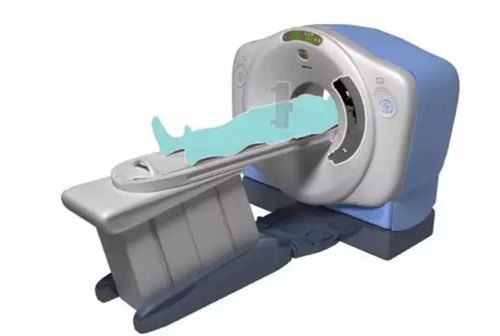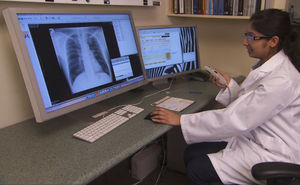

- Products
- Catalogs
- News & Trends
- Exhibitions
CT scanner simulation module for MRIanatomyweb-based

Add to favorites
Compare this product
fo_shop_gate_exact_title
Characteristics
- Procedure
- CT scanner, for MRI
- Application
- anatomy
- Technology
- web-based
Description
Computed tomography (CT) and magnetic resonance imaging (MRI) are imaging technologies that create cross sections or "slices" of the body part being scanned. This module covers the basic principles of CT, spiral CT and MRI scanning, the differences between them, and advantages of each. It provides an understanding of the technology and techniques involved in using these advanced imaging modalities. If you are studying for the American Registry of Radiologic Technologists® (ARRT) registry exams, this module is ideal.
Explain the purpose, principles, and application of computed tomography (CT)
Discuss the concepts of transverse tomography, translation, and reconstruction of images
Discuss the design features that make spiral computed tomography possible
Explain the spiral imaging principles of interpolation, pitch, index, and section sensitivity
Identify the appearance of contrast media on a CT image
Identify basic cross-sectional anatomy of the head, thorax, and abdomen on diagrams, magnetic resonance imaging (MRI), and CT images
Explain the purpose, principles, and application of MRI
Identify the appearance of T1 and T2 MRI images
The SIMTICS modules are all easy to use and web-based. This means they are available at any time as long as the learner has an internet connection. No special hardware or other equipment is required, other than a computer mouse for use in the simulations. Each of the SIMTICS modules covers one specific procedure or topic in detail. Each module contains:
an online simulation (available in Learn and Test modes)
descriptive text, which explains exactly how to perform that particular procedure including key terms and hyperlinks to references
VIDEO
Related Searches
*Prices are pre-tax. They exclude delivery charges and customs duties and do not include additional charges for installation or activation options. Prices are indicative only and may vary by country, with changes to the cost of raw materials and exchange rates.



